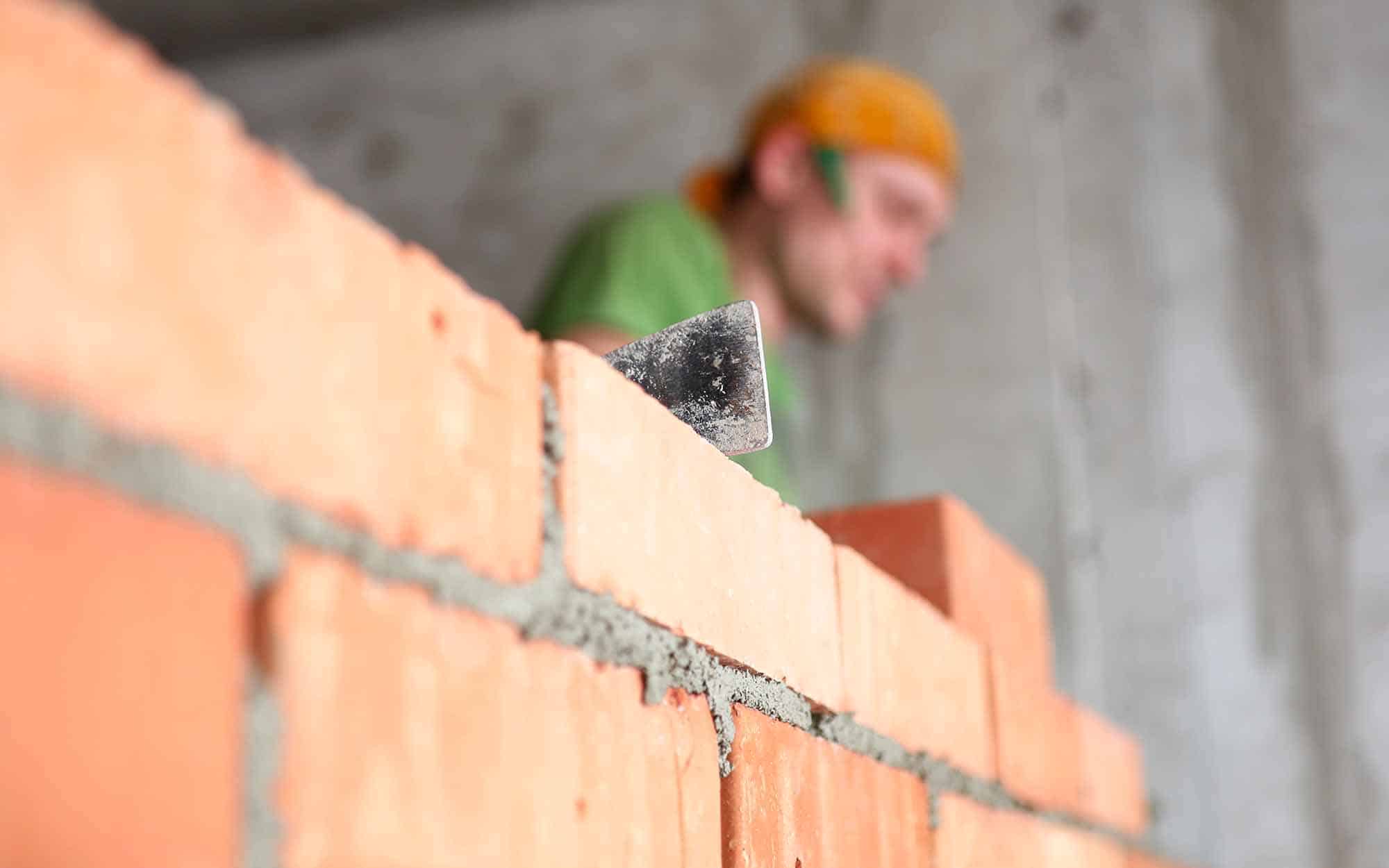Reliable Tuckpointing Services for Fixing Brick and Stone Surfaces
Wiki Article
Unlocking the Keys of Sustainable Masonry Building And Construction Practices for Eco-Friendly Structures
Among the myriad strategies to environment-friendly structure, lasting masonry building stands out as a time-tested and long lasting method that holds a wide range of untapped capacity. From the selection of materials to cutting-edge building strategies, the tricks to accomplishing sustainability within stonework building and construction are diverse and intriguing.Benefits of Sustainable Masonry Building
Accepting lasting stonework building and construction techniques not just lowers environmental impact but also provides long-lasting economic benefits to contractors and neighborhoods. By using materials like recycled blocks, blocks, and rocks, building contractors can substantially reduce the carbon footprint of their tasks while advertising source performance. In addition, lasting masonry building techniques, such as proper insulation and thermal mass homes, can enhance energy efficiency within structures, bring about lowered functional expenses in time.Moreover, the durability and resilience of stonework frameworks add to lasting financial benefits. Buildings created using lasting stonework methods often need much less maintenance and repair work, translating to cost savings for home builders and homeowner. The long life of masonry materials also guarantees that frameworks remain steady and safe and secure, decreasing the demand for regular remodellings or substitutes.
Eco-Friendly Stonework Materials
Using green stonework materials is a pivotal action in the direction of boosting the sustainability of building techniques and minimizing environmental effect while taking full advantage of long-term financial advantages. Sustainable stonework products are sourced, generated, and made use of in a fashion that reduces general ecological impact. Materials such as recycled bricks, redeemed stone, and lasting cinder block are coming to be significantly popular options for eco-conscious builders. Recycled blocks, as an example, not only draw away waste from land fills however additionally require less power to generate compared to brand-new blocks. Redeemed rock uses an unique aesthetic charm while lowering the need for brand-new quarrying. Lasting concrete obstructs incorporate recycled aggregates and might include better insulation properties, adding to power effectiveness in structures.In addition, all-natural products like adobe, rammed planet, and straw bundles supply exceptional thermal mass residential properties, lowering the demand for home heating and cooling down energy. These materials are frequently locally available, advertising local economic situations and minimizing transportation-related carbon check it out discharges. By choosing environmentally friendly masonry products, building and construction jobs can substantially decrease their environmental footprint and add to the development of healthier, more lasting built environments.
Energy-Efficient Stonework Techniques
Power efficiency plays a critical function in enhancing the sustainability of stonework construction methods. One key energy-efficient masonry strategy is the use of thermal mass, which entails incorporating thick materials like concrete or brick right into the building's framework to soak up and keep warmth.
Developments in Sustainable Stonework
Current innovations in sustainable masonry practices have brought about ingenious methods that are improving the building and construction sector. One such innovation is the development of self-healing concrete, which utilizes bacteria embedded within the concrete to heal fractures autonomously. This advancement not only minimizes upkeep expenses however likewise improves the toughness of stonework frameworks, adding to their sustainability.
One more significant advancement is the usage of recycled aggregates in masonry building - masonry contractor. By incorporating materials such as crushed ceramic waste or old granite concrete stamps for sale recycled glass right into concrete blends, building contractors can lower the ecological effect of building jobs while maintaining structural honesty. This technique not just diverts waste from landfills but additionally preserves all-natural resources, making it a key advancement in lasting stonework building
Additionally, the integration of electronic style tools, such as Structure Info Modeling (BIM), is revolutionizing the way stonework frameworks are planned and constructed. BIM permits for more accurate computations, reduced product waste, and improved power effectiveness, ultimately bring about even more sustainable structure special info methods. These innovations jointly represent an encouraging future for lasting masonry building in the period of environment-friendly structures.
Future Trends in Masonry Sustainability
With the innovative strides made in lasting masonry techniques, the future patterns in stonework sustainability are poised to more reinvent the construction sector. Among the crucial patterns shaping the future of stonework sustainability is the raised assimilation of innovation. Innovations such as Building Information Modeling (BIM) and digital truth simulations are being utilized to enhance stonework building procedures, leading to minimized material waste and enhanced power efficiency in buildings.Moreover, the development of unique sustainable products is readied to play a substantial role in enhancing the eco-friendliness of masonry building and construction. masonry contractor. Developments like self-healing concrete, recycled accumulations, and bio-based binders are gaining traction for their capability to decrease environmental effect while keeping architectural integrity

Verdict
In final thought, sustainable masonry building and construction techniques use various benefits for eco-friendly structures. masonry contractor. Technologies in lasting masonry are continually being created to additionally enhance the environmental efficiency of buildings.Report this wiki page